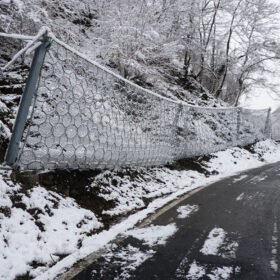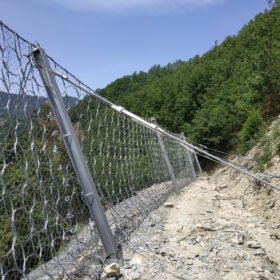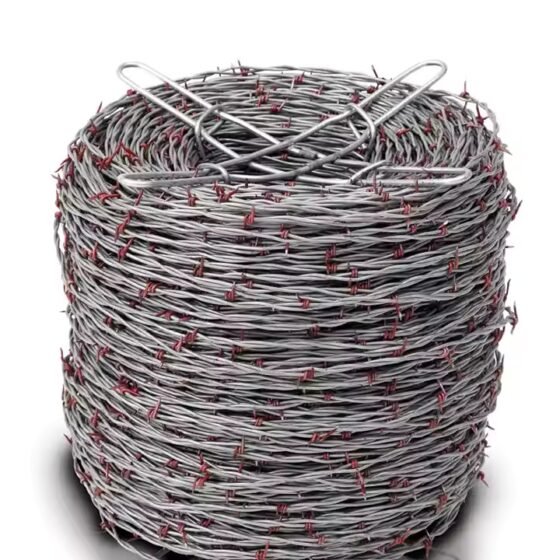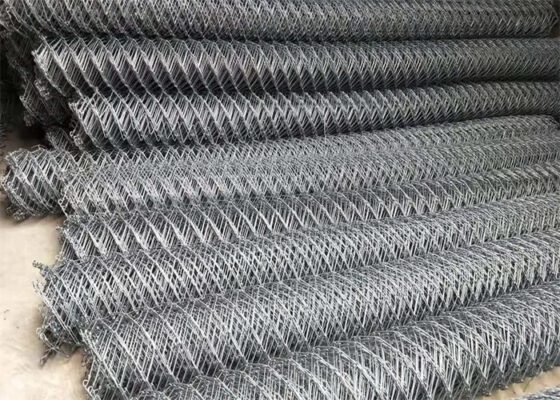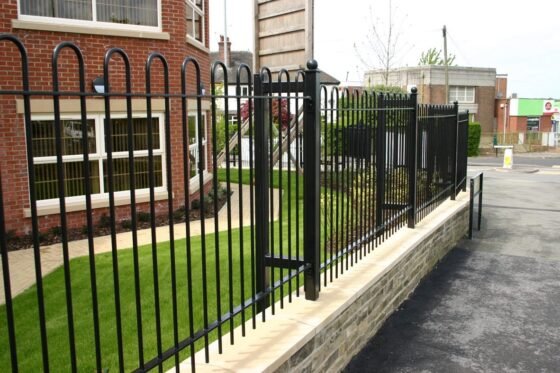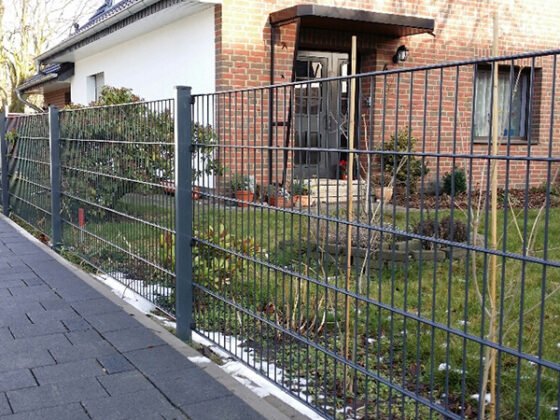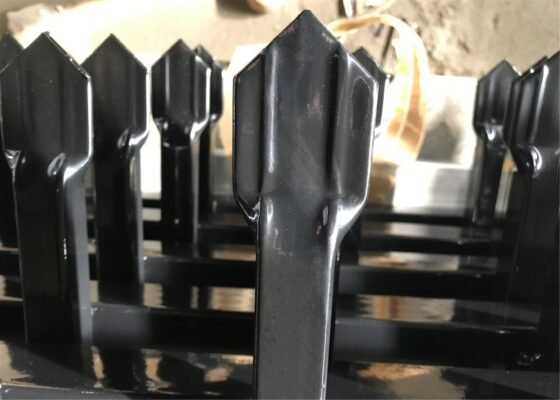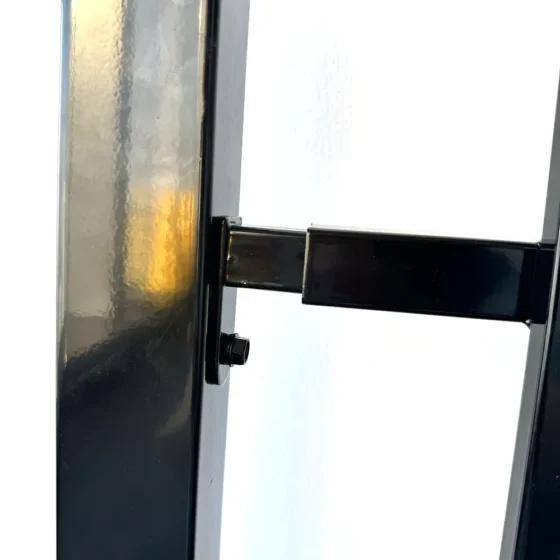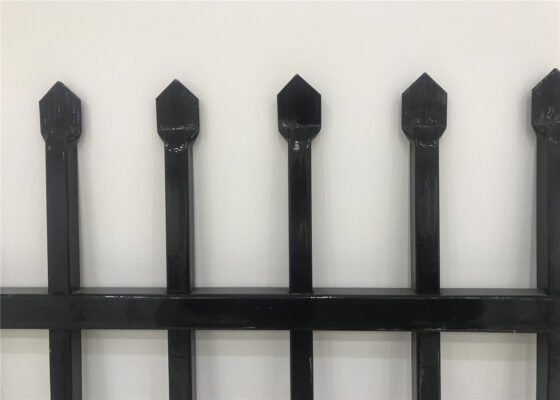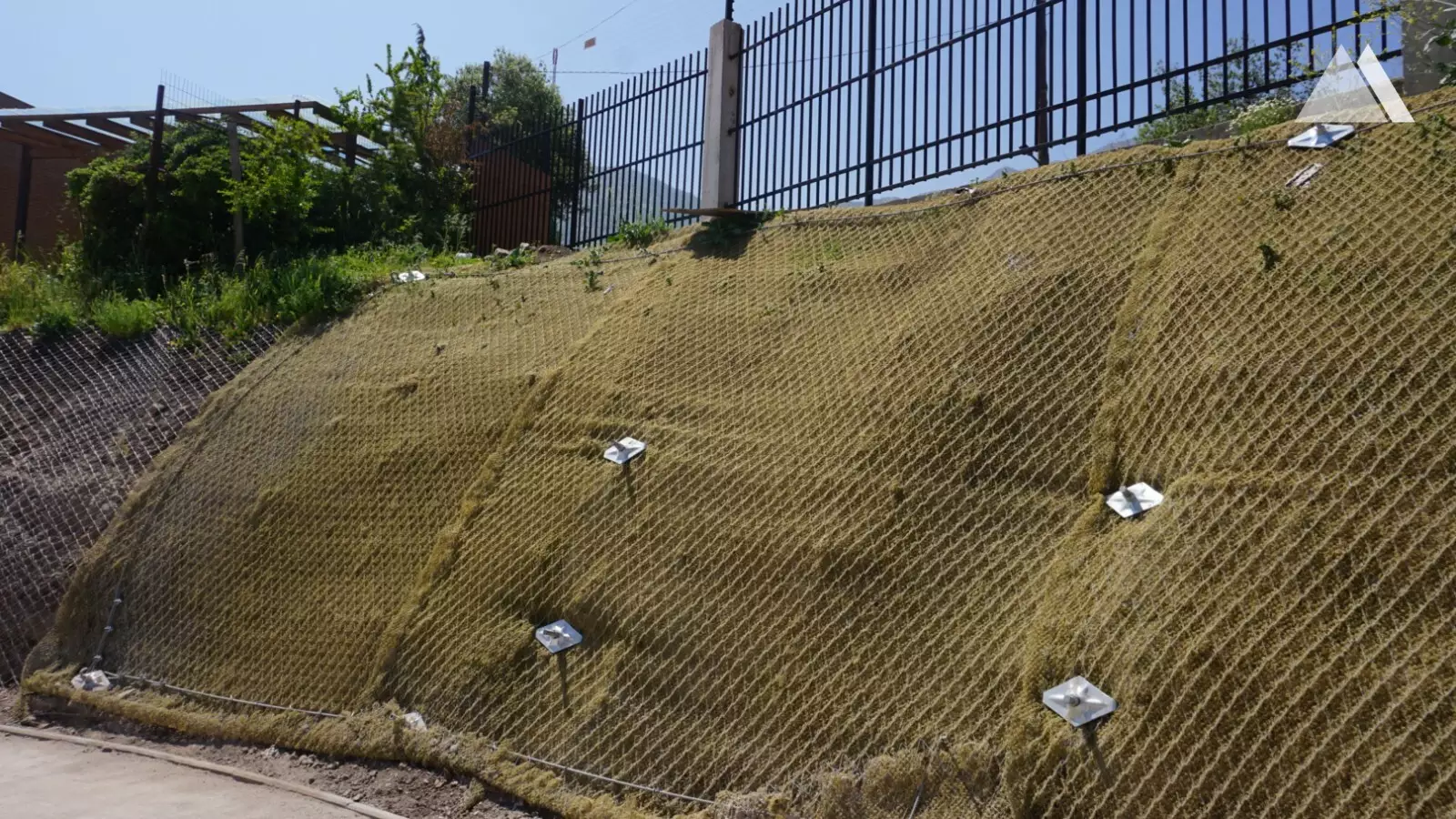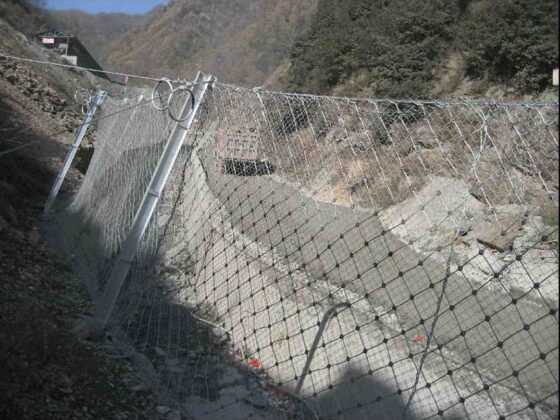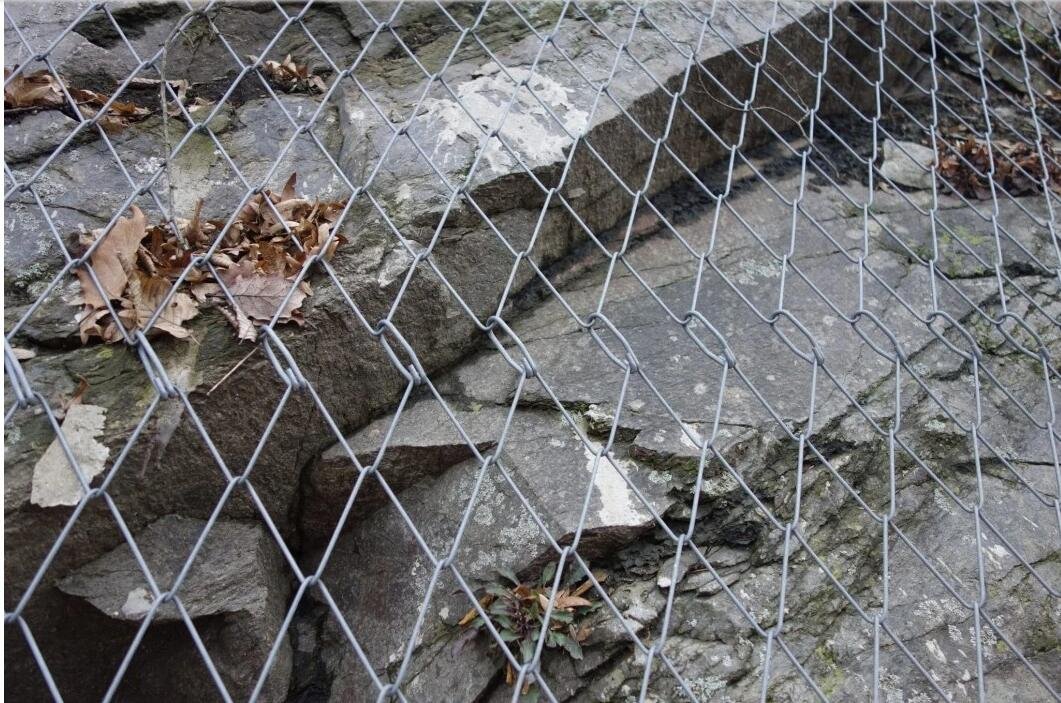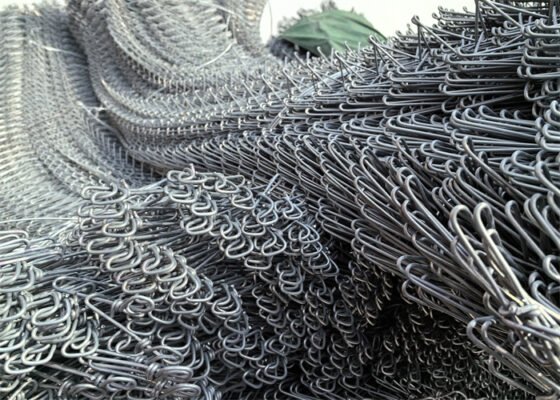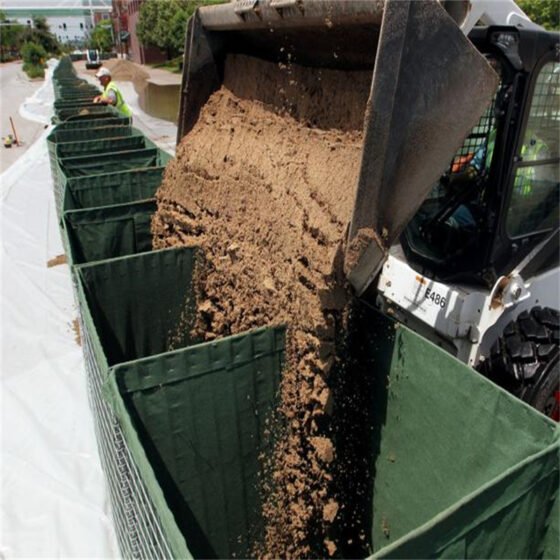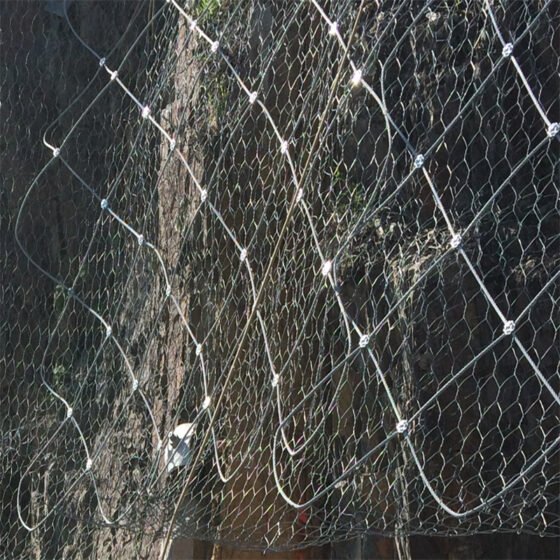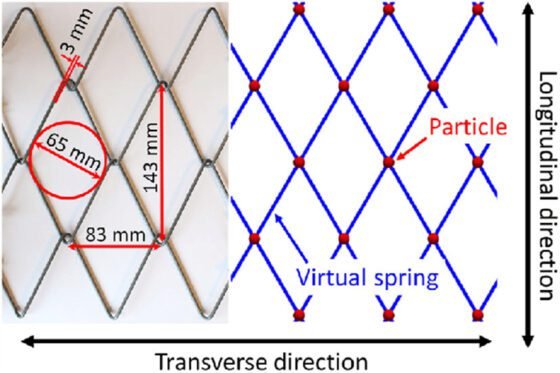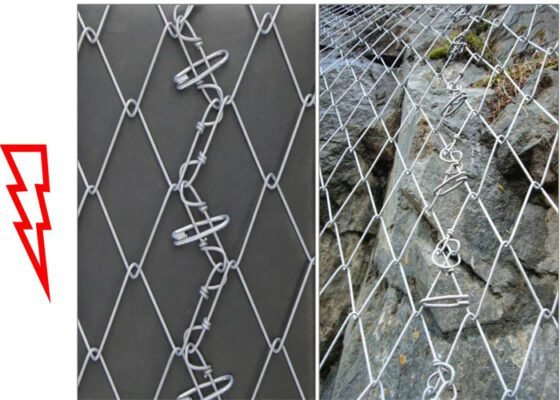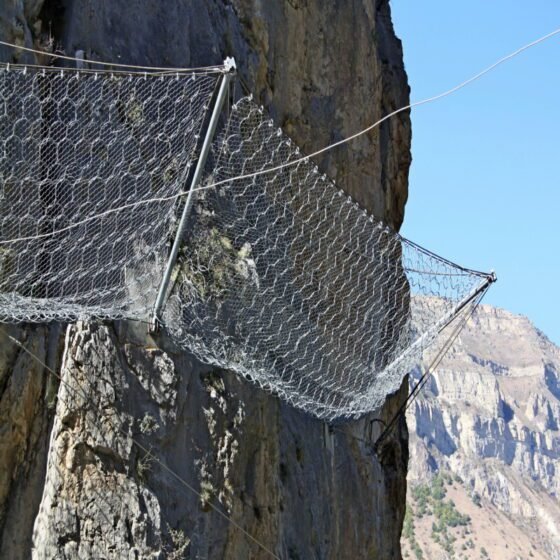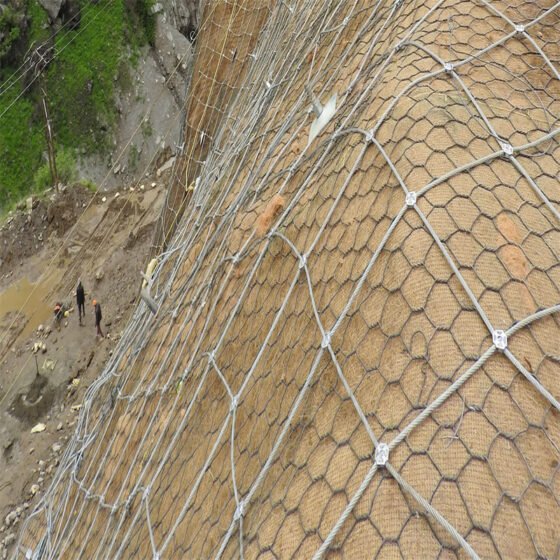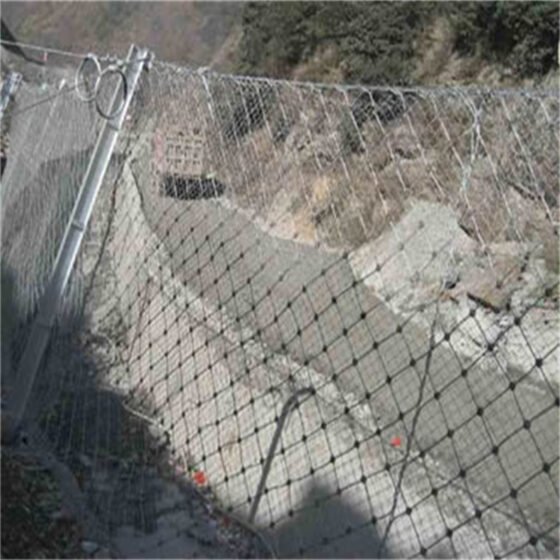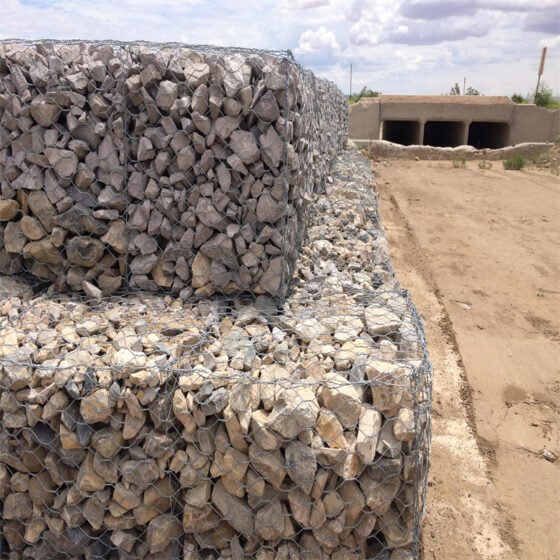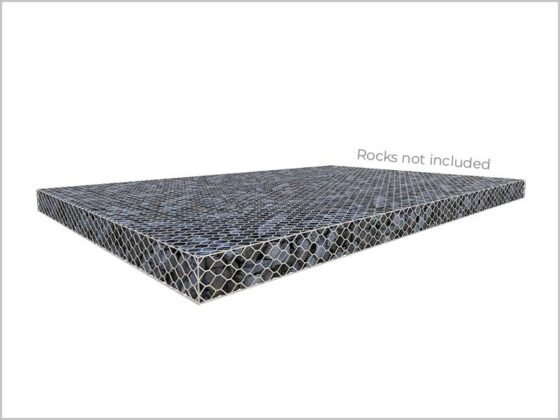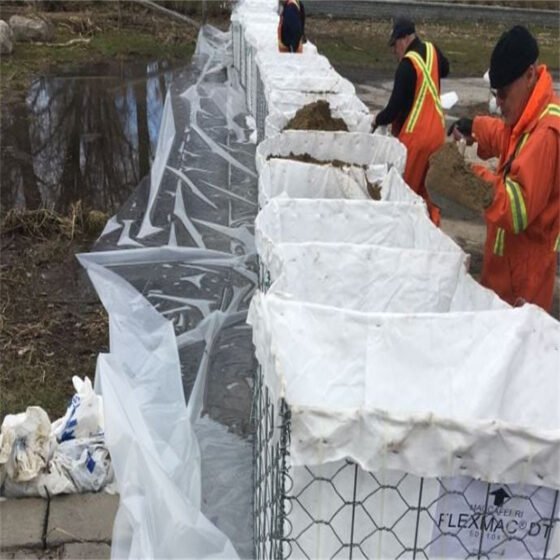Are you concerned about the havoc that debris flows can wreak? Debris flows, triggered by heavy rain, snowmelt, or seismic activity, are swift mixtures of water, mud, rocks, and other debris. They pose a significant threat to roads, buildings, and infrastructure.Enter BMP debris flow fence. These barriers act as robust shields, constructed from materials like steel or reinforced concrete. Their primary role is to intercept or reduce the impact of debris flows, safeguarding vulnerable areas from damage.

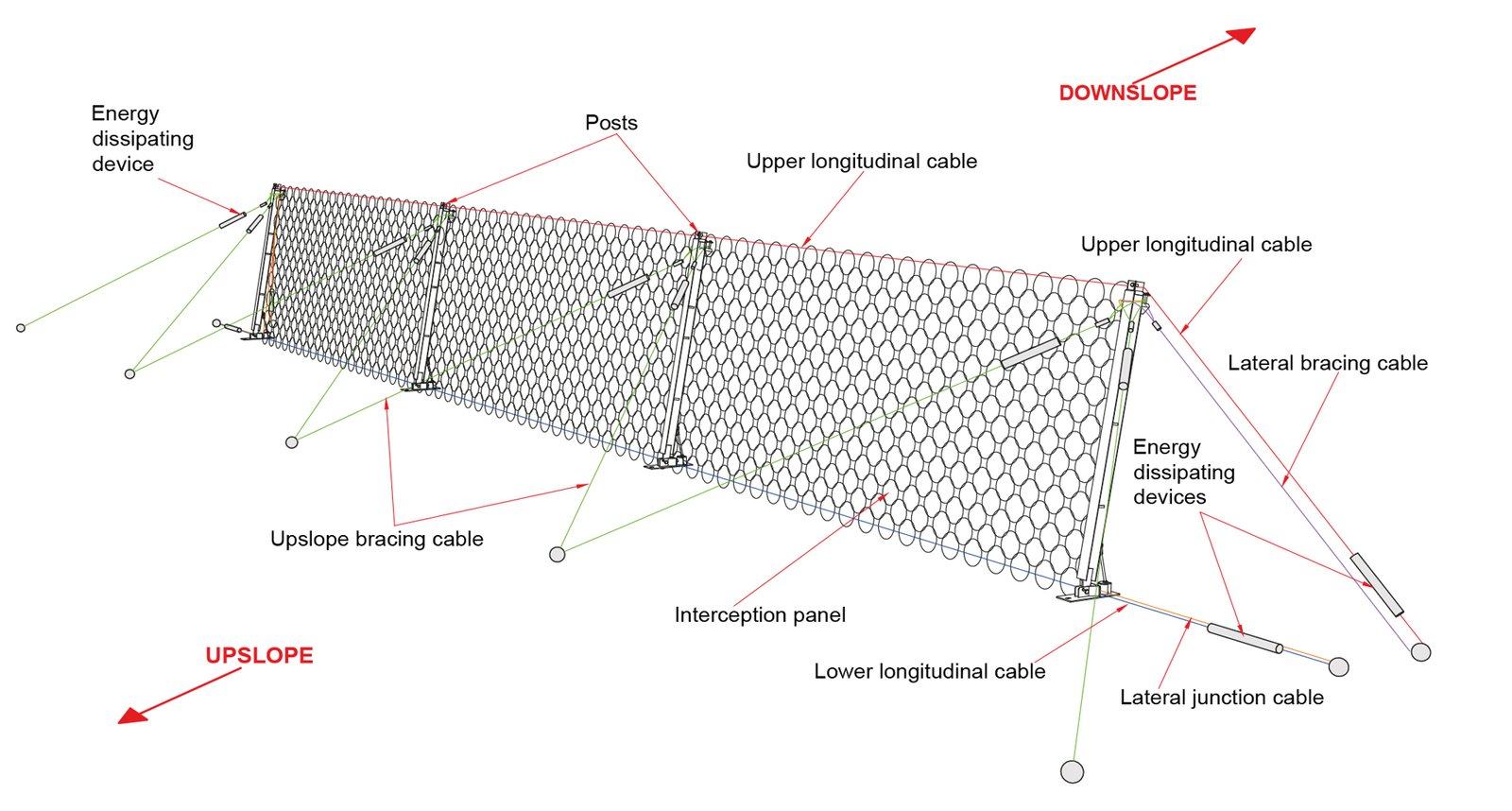
Debris Flow Fence Applications:
- Mountain Areas: Used in mountains to stop rocks and mud from sliding down and damaging roads or homes.
- Roads: Placed next to roads to keep them safe from rocks and mudslides during heavy rain.
- Houses: Installed near houses to protect them from damage caused by debris flow.
- Work Sites: Used in places like mines or construction sites to keep workers and equipment safe.
- Natural Disasters: Helps reduce damage during natural disasters like floods or earthquakes.

Benefits:
- Safety: Keeps people and buildings safe from falling rocks and mud.
- Saves Money: Costs less than fixing things after a debris flow.
- Protects Nature: Helps keep the environment clean and safe from damage.
- Easy to Use: Simple to install and doesn’t need much maintenance.
- Lasts a Long Time: Stays strong and effective for many years.
- Follows Rules: Meets safety standards set by the government.
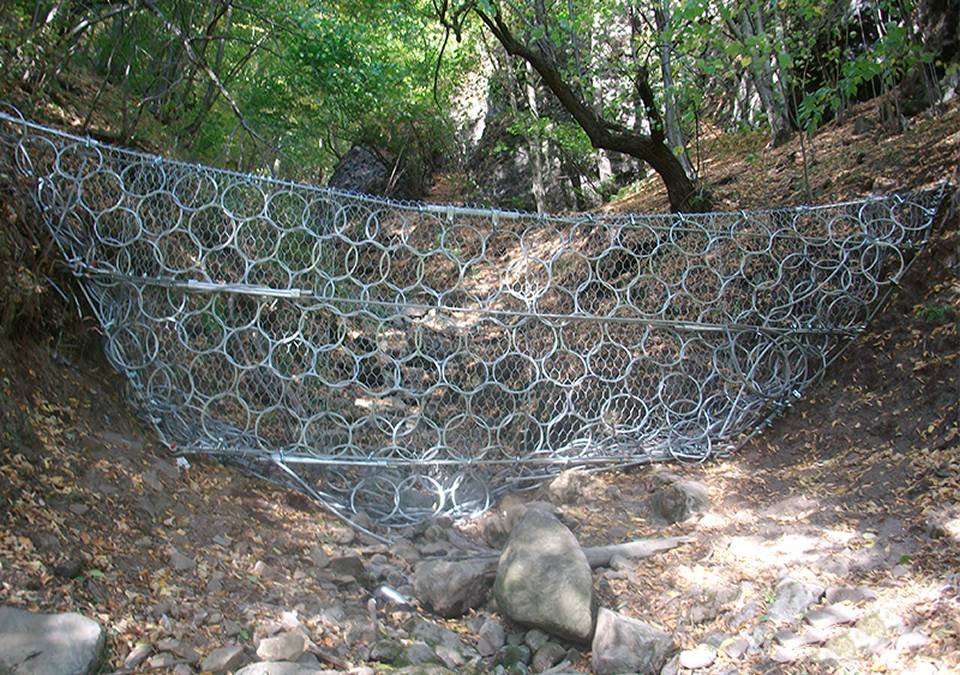
Debris flow fences are important for stopping debris and protecting things like roads and houses. To make them work better, we can use extra things called accessories. Here are some:
- Debris Traps: These catch debris before it gets to the fence.
- Wire Rope Clamps: These hold the ropes in place and keep them tight.
- Brake Ring Tensioning Devices: These help adjust the tightness of the rings on the fence.
- Anchor Plates: These make the fence stronger by holding it down.
- Rubber Shock Absorbers: These soften the impact when debris hits the fence.
- Mesh Repair Kits: These help fix holes in the fence quickly.
- Anchor Extension Devices: These make the anchors go deeper into the ground for more strength.
- Wire Rope Tension Meters: These measure how tight the ropes are.
- Debris Flow Monitoring Systems: These watch for debris and warn us when it’s coming.
- Vegetation Management Tools: These help keep plants near the fence under control.
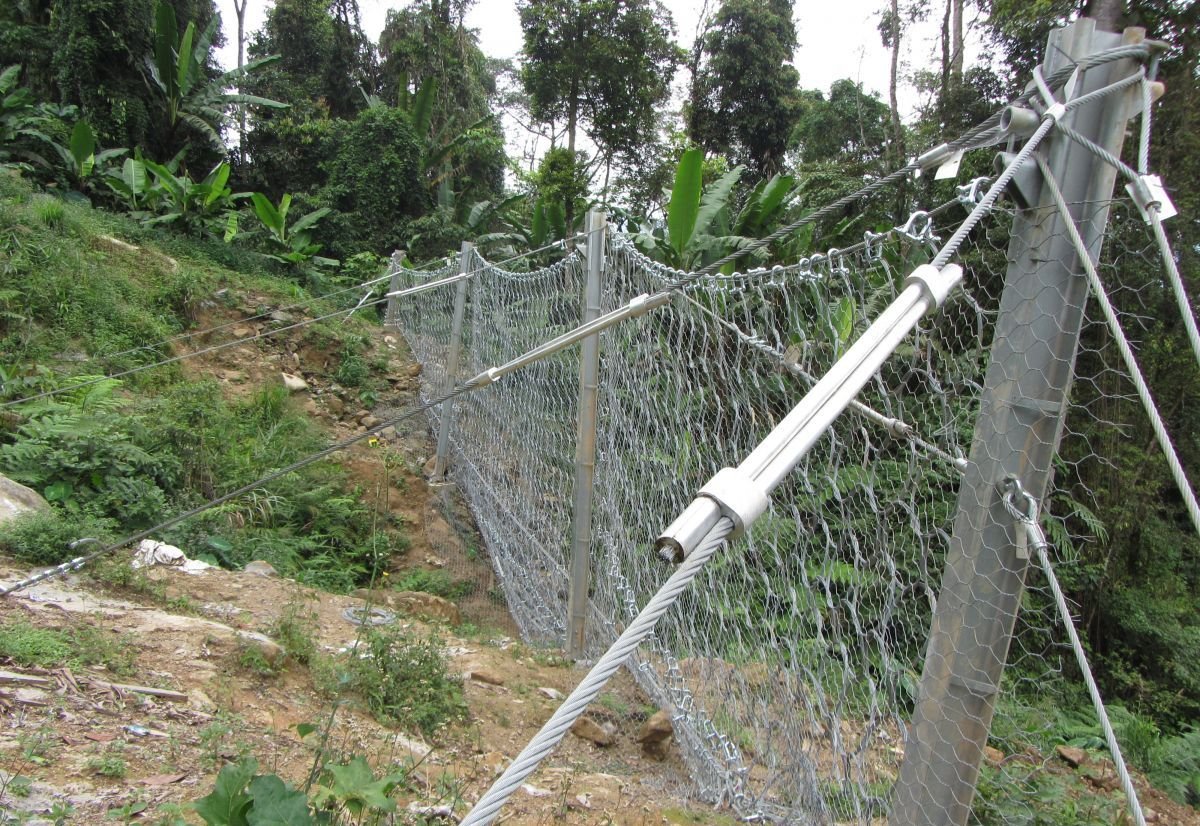
Installing a Debris Flow Fence: Detailed Procedure
1: Site Assessment and Design Planning:
- Conduct a thorough site assessment to identify vulnerable areas and determine the required dimensions for the debris flow fence.
- Develop a detailed design plan that includes the materials, dimensions, and anchoring system for the fence.
2: Clearing and Preparation:
- Clear the installation area of vegetation, rocks, and debris to create a clean working space.
- Excavate trenches for the support posts and anchoring system according to the design specifications.
3: Installation of Support Posts:
- Install the support posts at specified intervals along the debris flow path, ensuring they are aligned properly.
- Use concrete footings or direct pouring for steel or concrete posts, respectively, to anchor them securely into the ground.
4: Attachment of Retention Ropes:
- Attach high-strength retention ropes to the support posts using appropriate hardware, such as clamps or brackets.
- Tension the ropes properly to withstand the anticipated forces of debris flows while maintaining flexibility.
5: Installation of Ring Net:
- Install the flexible mesh ring netting between the support posts and retention ropes, ensuring it is securely attached.
- Use durable fasteners to connect the netting to the posts and ropes, preventing debris from bypassing the fence.
6: Placement of Brake Rings:
- Install galvanized steel brake rings along the length of the fence at specified intervals, typically spaced evenly.
- These rings serve to dissipate the energy of incoming debris flows and prevent them from overwhelming the fence structure.
7: Anchoring System Installation:
- Install the anchoring system, which may consist of steel cables or rods, to provide additional stability to the fence.
- Embed the anchoring system deep into the ground and tension it properly to withstand lateral forces.
8: Final Inspection and Adjustment:
- Conduct a comprehensive inspection of the installed debris flow fence to ensure it meets design specifications and safety standards.
- Make any necessary adjustments or reinforcements to the fence structure based on the inspection findings.
9: Maintenance and Monitoring:
- Establish a regular maintenance schedule to inspect and maintain the debris flow fence, including checking for debris accumulation and structural integrity.
- Monitor the site for any signs of erosion or damage around the fence and take prompt action to address any issues.
By following these detailed steps, you can effectively install a debris flow fence to protect vulnerable areas from the destructive forces of debris flows.
- Open slope barriers: These resemble fences strategically placed on slopes to intercept debris before it reaches sensitive areas. Their design varies based on factors such as slope and expected debris flow impact.
- Channel barriers: Custom-made to fit specific gullies or channels, these barriers consist of long ropes with panels stretched across the gully to catch debris.
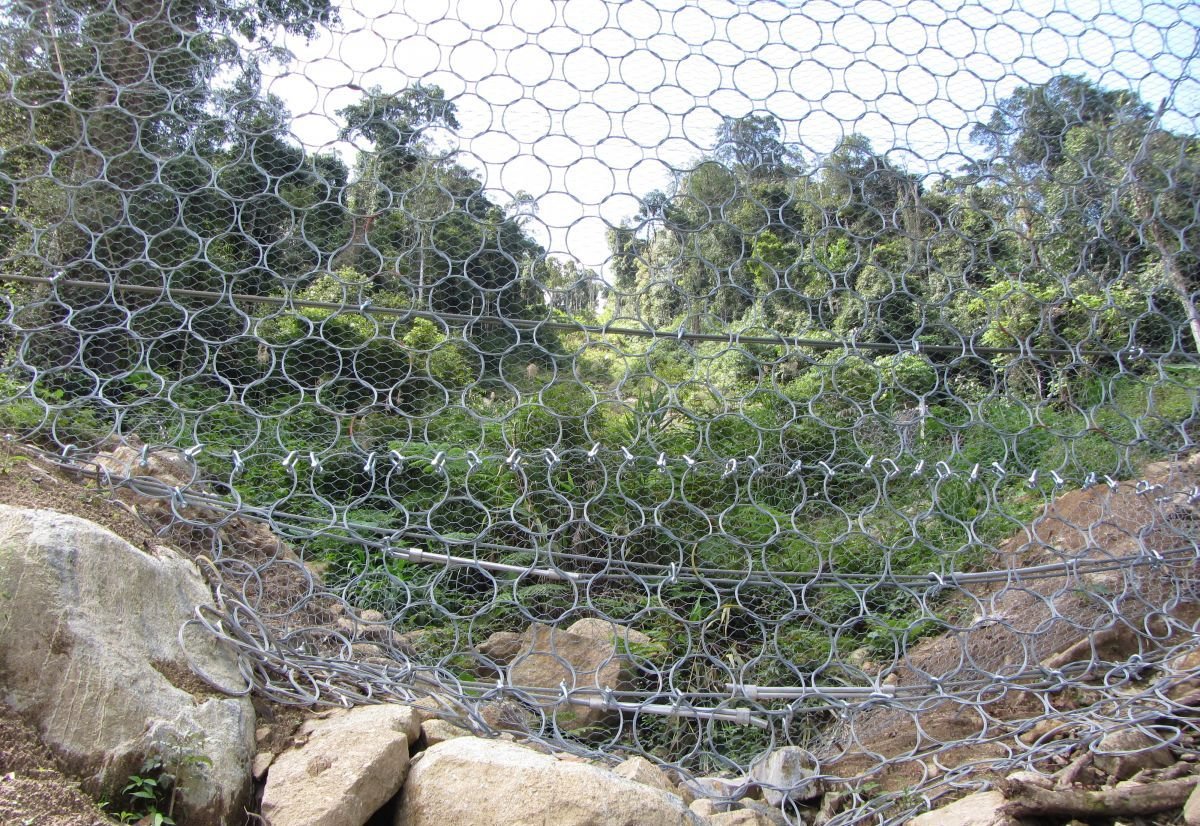
Why opt for BMP debris flow barriers?
- They are engineered to combine strength and flexibility, effectively absorbing energy from debris flows.
- They remain in place until vegetation regrows on slopes and the risk of another debris flow diminishes.
- They boast quick installation and removal capabilities, without causing damage to the foundation.
- They can be tailored to fit the project’s requirements, accommodating factors like debris size and flow volume.
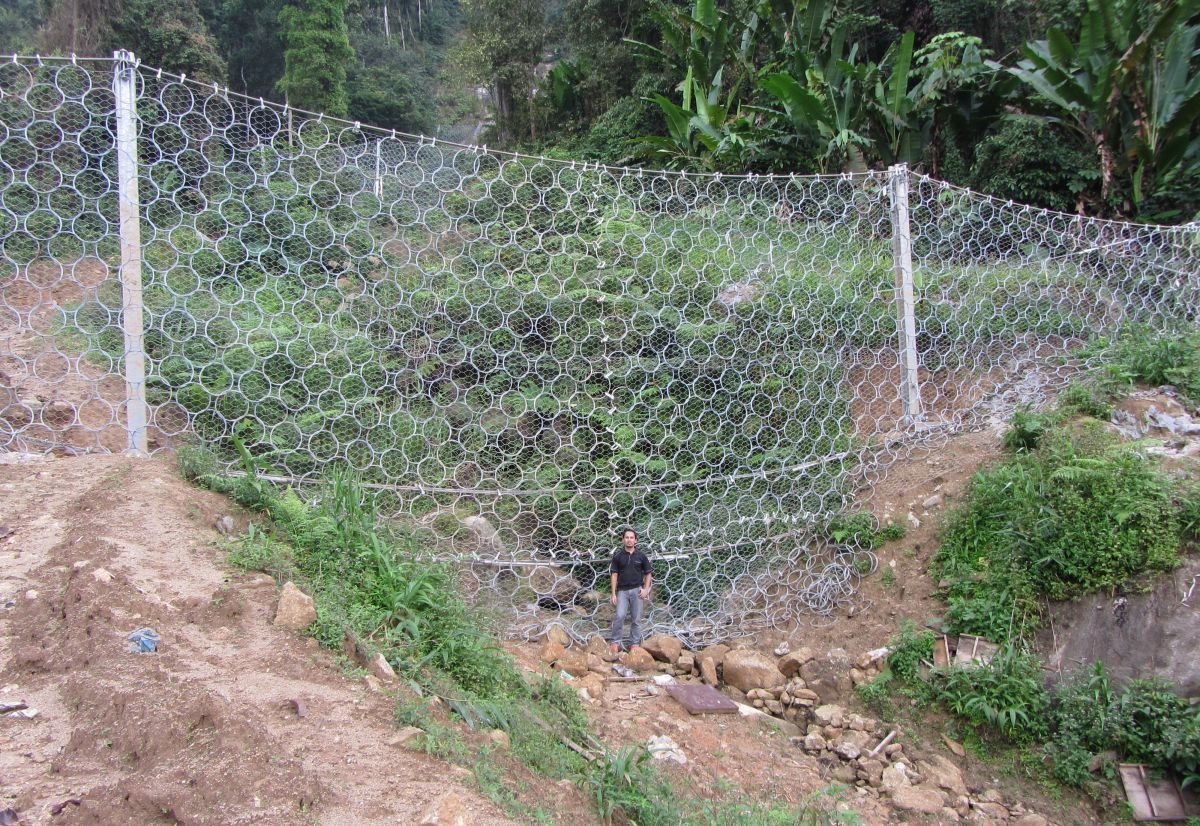
Table 1: Support Posts and Retention Ropes Specifications
| Component | Material | Dimensions/Specifications | Purpose/Function |
|---|---|---|---|
| Support Posts | Steel or Concrete | Material: Steel (ASTM A36) or Reinforced Concrete | Provide structural support and stability |
| Diameter: 300 mm to 500 mm (12 inches to 20 inches) | |||
| Height: 3 meters to 6 meters (10 feet to 20 feet) | |||
| Retention Ropes | High-strength Steel | Material: Galvanized High-tensile Steel | Anchor the barrier and resist lateral forces |
| Diameter: 16 mm to 20 mm (0.63 inches to 0.79 inches) | |||
| Tensile Strength: 200 kN to 300 kN | Prevent overturning and sliding |
Table 2: Ring Net and Brake Rings Specifications
| Component | Material | Dimensions/Specifications | Purpose/Function |
|---|---|---|---|
| Ring Net | Flexible Mesh Netting | Material: HDPE or PP | Catch and retain debris, allow water to pass through |
| Mesh Size: 100 mm x 100 mm (4 inches x 4 inches) | Provide filtration and drainage | ||
| Brake Rings | Steel | Material: Galvanized Steel | Absorb impact energy, prevent elongation of support ropes |
| Diameter: 200 mm to 300 mm (8 inches to 12 inches) | Maintain barrier integrity |
Table 3: Anchoring System and Foundation Specifications
| Component | Material | Dimensions/Specifications | Purpose/Function |
|---|---|---|---|
| Anchoring System | Steel Cables or Rods | Material: Galvanized Steel | Anchor barrier securely to the ground |
| Diameter: 20 mm to 30 mm (0.79 inches to 1.18 inches) | Resist uplift and lateral forces | ||
| Embedment Depth: 1.5 meters to 3 meters (4.92 feet to 9.84 feet) | Secure barrier in place | ||
| Foundation | Concrete | Material: Reinforced Concrete | Anchor posts securely to the ground |
| Depth: 1.5 meters to 2 meters (4.92 feet to 6.56 feet) | Distribute loads from barrier to foundation |
In essence, BMP debris flow fence are indispensable for shielding areas from the destructive force of debris flows. Their adaptability, strength, and quick installation make them an ideal choice for safeguarding against this natural hazard.
 BMP Slope Protection
BMP Slope Protection

